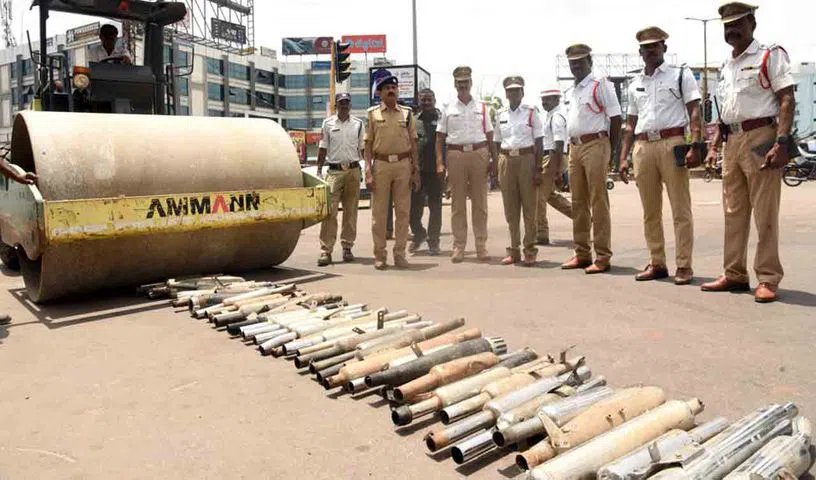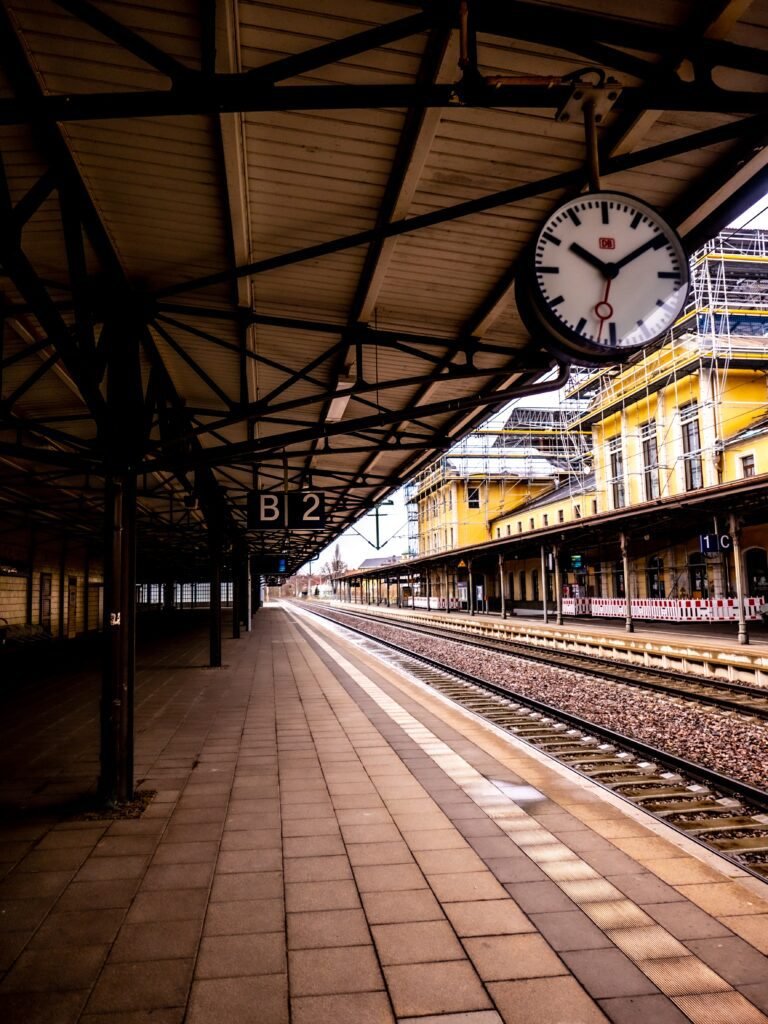LPG Price Cut: Relief for Businesses as Commercial Cylinder Rates Drop
Oil marketing companies in India have announced a significant reduction in the price of 19 kg commercial LPG cylinders, providing much-needed relief to hotels, restaurants, catering businesses, and other commercial establishments that rely heavily on LPG for their operations. Effective June 1, 2025, the price of a commercial LPG cylinder has been slashed by ₹24, marking the third consecutive monthly reduction in rates.
New Commercial LPG Cylinder Prices (as of June 1, 2025)
| City | New Price (₹) |
| Delhi | 1,723.50 |
| Kolkata | 1,826 |
| Mumbai | 1,674.50 |
| Chennai | 1,881 |
| Hyderabad | 1,969 |
| Vijayawada | 1,880.50 |
Prices vary across cities due to local taxes and transportation costs.
Background and Recent Price Trends
- Third Consecutive Monthly Cut: This latest reduction follows a ₹14.50 cut in May and a substantial ₹41 cut in April. The consistent downward trend reflects falling international crude oil prices and favorable market conditions.
- No Change for Domestic Users: The price revision applies exclusively to commercial cylinders. Domestic LPG cylinder prices, used for household cooking, remain unchanged at ₹853 for a 14.2 kg cylinder in Delhi.
- Revision Mechanism: Oil companies adjust LPG prices at the start of every month, basing their decisions on international fuel prices, exchange rates, and other market factors.
Impact on Businesses
The reduction in commercial LPG prices is a direct boon for sectors like hospitality, food service, and small businesses, where LPG is a major operational cost. For restaurants, hotels, and catering services, even a modest cut can help manage expenses and potentially improve margins or allow for more competitive pricing.
“This decisive step will have a direct impact on services like hotels, restaurants, and the food industry, where this gas is used on a large scale. This will reduce the operational costs of these businesses, allowing them to provide better services to consumers. This is a welcome economic stimulus
Why Prices Are Falling
The cuts are largely attributed to a drop in international crude oil prices, which reached an average of $64.5 per barrel in May 2025—the lowest in over three years. India’s LPG pricing policy is closely linked to global crude prices, with regular monthly adjustments reflecting shifts in the international market.
Broader Economic Context
- Commercial vs. Domestic Use: While about 90% of LPG in India is consumed by households, the commercial and industrial sectors account for the remaining 10%.
- Aviation Fuel Also Cheaper: Alongside LPG, the price of aviation turbine fuel (ATF) was also reduced, offering relief to the aviation sector.
Outlook
As global oil prices remain subdued, further reductions or stability in commercial LPG prices could continue, offering ongoing relief to businesses. However, the volatility of international markets means businesses must remain vigilant about future price changes.
In summary: The June 1 price cut for commercial LPG cylinders is a welcome relief for Indian businesses, especially in the hospitality and food service sectors. With three consecutive months of reductions, operational costs have eased, reflecting favorable global oil trends and providing a modest but meaningful economic boost.
ALSO READ | Early Monsoon Hits India, IMD Issues Alerts Nationwide
Why are LPG prices decreasing for commercial cylinders but not household ones.?
LPG prices for commercial cylinders are decreasing while household (domestic) cylinder prices remain unchanged due to differences in pricing mechanisms, frequency of revisions, and government policy.
Key Reasons for the Divergence
- Market-Linked Pricing for Commercial LPG
- Commercial LPG cylinder prices are revised monthly and are closely linked to international crude oil prices and broader market dynamics.
- Recent reductions in global crude oil prices (with the average crude price dropping to $64.5 per barrel in May 2025) have led to consecutive price cuts for commercial cylinders.
- Oil marketing companies pass on these changes directly to commercial users, resulting in regular fluctuations—both up and down—in commercial LPG rates.
- Government Control and Subsidy for Domestic LPG
- The price of domestic LPG cylinders (used in households) is regulated by the government, which aims to shield consumers from frequent price changes and inflationary pressures.
- Domestic LPG prices are not revised as frequently as commercial ones and often remain steady for longer periods, unless there is a significant policy decision or a major shift in global prices.
- The last revision for domestic LPG was a ₹50 increase earlier in the year, and prices have been kept unchanged since then.
- Policy Objectives
- The government prioritizes stable and affordable cooking gas for households, especially given that about 90% of LPG in India is consumed by homes.
- Keeping domestic prices stable helps manage household budgets and supports social welfare objectives, even if it means not passing on immediate market-linked reductions to consumers.
- Frequency and Basis of Revision
- Commercial LPG prices: Revised monthly, based on international prices, exchange rates, and market demand.
- Domestic LPG prices: Revised less frequently and often determined by government policy rather than just market forces.
Summary Table
| Cylinder Type | Pricing Mechanism | Frequency of Revision | Influencing Factors | Current Trend |
| Commercial (19 kg) | Market-linked | Monthly | International oil prices, demand | Decreasing |
| Domestic (14.2 kg) | Government-regulated | Less frequent | Policy decisions, social objectives | Unchanged |
Conclusion
The decrease in commercial LPG prices reflects the direct impact of falling international crude oil prices and market-linked pricing. In contrast, domestic LPG prices remain unchanged due to government regulation and a deliberate policy to protect household consumers from market volatility.


